“Cultivating memory is the preliminary condition for the joint development of our future.” Pierluigi Castagnetti, long time MP and MEP, is in Brussels for the presentation of  the House of European History, appointed in its executive board in recognition of his political experience and of his passion for history. The project that took off exactly ten years ago, on a proposal of the then President of the EU Parliament, German political leader Hans-Gert Poettering, sees the light today. The House is located in the ex dental clinic Eastman, a beautiful building inside the premises of Brussels’ Parc Leopold, located just behind the seat of the EU Assembly, in heart of the European district.
the House of European History, appointed in its executive board in recognition of his political experience and of his passion for history. The project that took off exactly ten years ago, on a proposal of the then President of the EU Parliament, German political leader Hans-Gert Poettering, sees the light today. The House is located in the ex dental clinic Eastman, a beautiful building inside the premises of Brussels’ Parc Leopold, located just behind the seat of the EU Assembly, in heart of the European district.
An interactive exhibition. Hans-Gert Pöttering’s intentions to “promote a place of memory and of future, furthering the growth of the idea of Europe”, have been substantially met. In fact, he had conceived the intiative as a veritable “house of European history, which – he said in 2007 – should avoid becoming a boring, impersonal museum, but rather a place that fosters our memory of European history along with the unification project.”
The modern “Museum” extends over 4 thousand square meters, with permanent and temporary exhibits supplemented by multimedia technology and state-of-the-art learning tools, with special focus on youths and on the web.
The exhibition – with tailored resources for families and schools – is available in each of the EU’s 24 official languages. The total cost of the museum is said to amount to approximately 60 million euro (official figures are due to be released). For further information log on: https://historia-europa.ep.eu/home.
Open to visitors. After the special visit for journalists on May 4, the Museum is preparing to open to the public – 7 days running except for a low number of festivities – on Saturday, May 6. It will feature temporary exhibitions, multimedia guided tours, didactic tools, workshops and seminars. The Museum will also showcase original documents dating back to various historical periods, along with interactive experiences. “To give visitors a better understanding of the tumultuous events of the 20th century – said the historians who worked on the project – the permanent exhibition will focus firstly on the convictions and beliefs that defined the 19th century before the two world wars. This will be followed by the search for a better life in an increasingly united Europe.” Visitors “will be encouraged to think about the Europe of today, the status and position of the European Union, and the part that everyone can play in shaping Europe’s future.”
The pedagogical role of the EU. “I consider it an extremely well-timed initiative – Castagnetti told SIR – which follows in the wake of the spirit that led to the foundation of the first European Community. The focus is on European history, culture and values, along with the threats posed by certain ideologies, totalitarian regimes and wars. Thus the itinerary leads the visitor to the post-war era, marked by the onset of political and economic integration with the overarching goal of peace.”
“This cognitive journey helps rediscover the spirit of the origins compared to the Europe of the economy and finance that seems to prevail on too many occasions today.”
The Home devotes special attention to the young generations, do you agree? “It does. And this enables the European Union to recover its pedagogical role, in terms of educating to the European patriotic spirit. Moreover, European patriotism is not innate, it is not part of our cultural heritage. We don’t feel that we are citizens of Europe”, which leads us to the question of the absence of a veritable “European population.” Castagnetti goes on: “Precisely for this reason it’s important to teach about Europe, to help people learn about it – to know it in order to love it, I would add – in its infinite facets, diversities. This is one of the tasks entrusted to the House of History, alongside with the irreplaceable contribution of schools and universities of every Country, with a gaze that extends beyond national borders: a European gaze.”
A thriving patrimony. The impression is that the structure inaugurated at Parc Leopold is aimed at transmitting a “dynamic”, topical idea of history: it that so? “It can be said that collective memory is not a static concept, forever set in the past. In fact it’s a thriving patrimony to be studied, cultivated, transmitted and viewed as a topical subject.
It thus becomes a key for the interpretation of the present and a solid root for the future.
In this direction it would suffice to linger on the approach to the history of the 20th century: every preceding epoch, historical figure and thought helps understand the events that ensued.”
For young people and not only … It’s probably not a coincidence that the House is opening its doors on the 60th anniversary of the beginning of the Community experience with the signing of the Treaties of Rome: what is your opinion? “When the proposal was first made by Hans-Gert Poettering, the current nationalisms and populisms were not as widespread as they are today, and the overall climate was one that supported European integration.” It was later to face a set of ordeals: the economic crisis, terrorism, new wars, migratory pressures, and a different wind started blowing. “With its contribution the House of History can help us go back to the roots of the European journey, inspired by statesmen such as Schuman, De Gasperi, Adenauer, Monnet and many more. It can contribute to the development of a bulwark against the anti-European phenomena that end up consuming our democratic models and peoples’ peaceful coexistence.”
“I firmly believe – Castagnetti concluded – that this extremely modern museum and place of learning will be useful for youths, for European citizens, and also – perhaps especially – for many political leaders that have forgotten the meaning and the reasons underlying the European edifice.”










